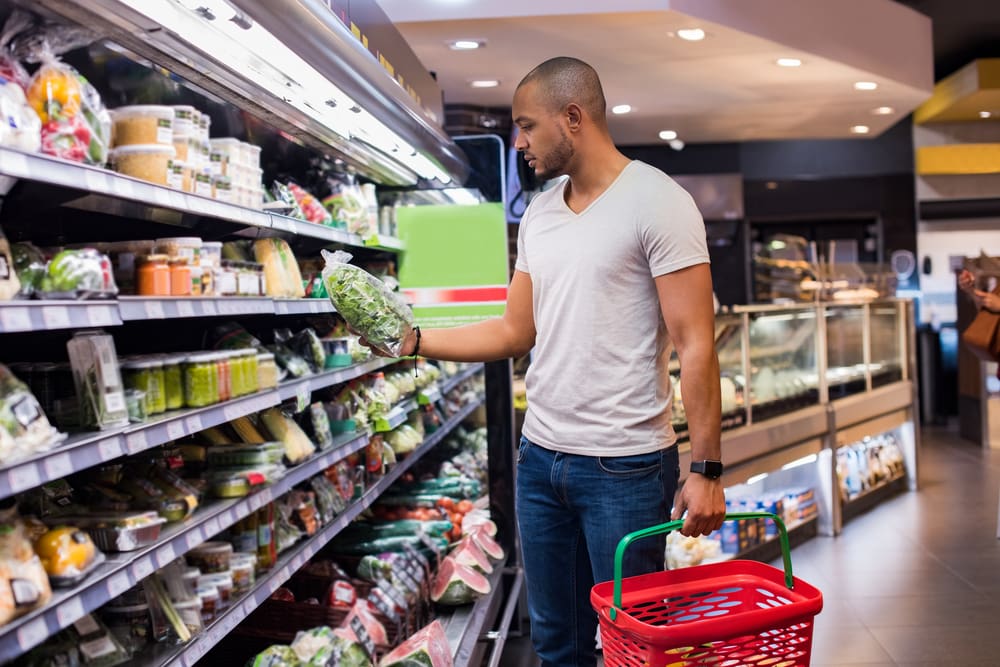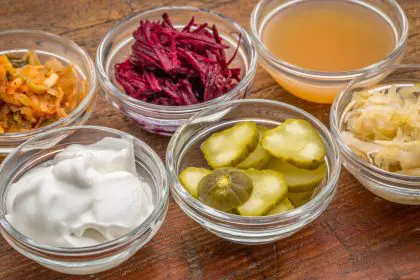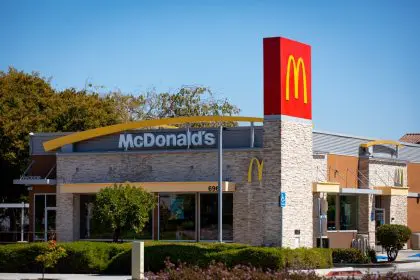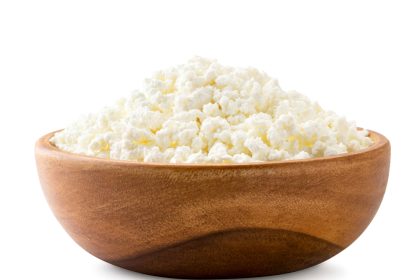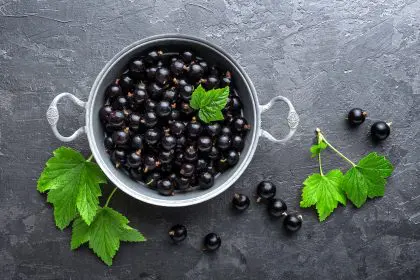Walking through a modern grocery store feels innocent enough until you realize you’re actually navigating a carefully designed psychological maze. Every aisle placement, product position, and colorful package has been strategically planned by teams of marketing experts who understand your brain better than you do. Their job isn’t to help you make healthy choices. Their job is to make you buy more food, and they’re really good at it.
The relationship between food marketing and America’s expanding waistlines isn’t coincidental. It’s the result of decades of increasingly sophisticated techniques designed to make high-calorie, low-nutrition foods irresistible. These aren’t just innocent business strategies. They’re scientifically backed methods that exploit human psychology in ways that make healthy eating feel like swimming upstream.
You might think you’re immune to marketing influence, but that confidence is exactly what makes these techniques so effective. The most powerful marketing doesn’t feel like marketing at all. It feels like personal choice, even when your choices are being carefully guided by invisible hands that profit from your overconsumption.
The psychology lab disguised as your local supermarket
Grocery stores have become testing grounds for behavioral psychology experiments that would make university researchers jealous. The layout isn’t random or convenient. It’s designed to maximize what marketing experts call “dwell time” and impulse purchases, especially for the most profitable items.
High-sugar, high-fat processed foods get premium real estate at eye level and end caps, while healthier options often hide in less visible locations. This isn’t accidental. Companies pay significant fees for optimal shelf placement because they know that positioning drives purchasing decisions more than most people realize.
The shopping cart journey through most stores forces you past candy displays, bakery sections, and snack aisles multiple times. Even if you enter with a focused shopping list, you’re repeatedly exposed to tempting options that weren’t part of your original plan. Each exposure increases the likelihood that willpower will eventually crack.
Color psychology plays a major role in package design and store layout. Bright reds and yellows trigger appetite and urgency, while green packaging suggests health regardless of actual nutritional content. These visual cues operate below conscious awareness, influencing decisions before rational thought kicks in.
The strategic use of scents throughout stores creates additional sensory triggers. The smell of fresh-baked bread or roasted coffee can increase overall appetite, making everything seem more appealing than it would in a neutral environment.
Children become marketing targets before they can spell nutrition
Food marketing aimed at children has reached levels of sophistication that would alarm parents if they fully understood the tactics being used. Companies spend billions annually targeting kids because they recognize that food preferences established in childhood often persist throughout life.
Cartoon characters, bright colors, and toy tie-ins transform ordinary snack foods into must-have items that children will persistently request. These marketing approaches bypass parental decision-making by creating direct emotional connections between kids and specific products.
The placement of kid-targeted items at child eye level in stores isn’t coincidental. Neither is the strategic positioning of sugary cereals and snacks near checkout areas where children have time to notice and request items while parents are distracted with payment processes.
Television advertising during children’s programming hours heavily features fast food restaurants, sugary cereals, and packaged snacks. These commercials often present unhealthy foods as fun, social, and normal parts of childhood, while rarely showing children eating vegetables or whole foods with the same enthusiasm.
School partnerships and educational materials sponsored by food companies create additional touchpoints where marketing messages reach children in trusted environments. When kids receive nutrition education materials featuring brand mascots or logos, the line between education and advertising becomes deliberately blurred.
Health halos make junk food look virtuous
Perhaps the most insidious marketing tactic involves making unhealthy foods appear healthy through careful language and imagery choices. Terms like “natural,” “organic,” “gluten-free,” and “whole grain” can make consumers feel virtuous about purchasing items that are still high in calories, sugar, and processed ingredients.
Many products feature prominent health claims on packaging while burying less favorable nutritional information in small print. A snack bar might emphasize its protein content while downplaying that it contains more sugar than some candy bars. These selective presentations allow consumers to focus on positive attributes while overlooking problematic ones.
The health halo effect extends to portion sizing and packaging. Single-serving packages of unhealthy snacks can make portion control seem automatic, even when those portions are significantly larger than recommended serving sizes. Consumers often eat entire packages assuming they represent appropriate portions.
Restaurant marketing frequently uses similar tactics, describing high-calorie menu items with language that emphasizes fresh ingredients or cooking methods while minimizing caloric density. Salads loaded with fried toppings, cheese, and high-calorie dressings get marketed as healthy choices despite containing more calories than hamburgers.
Convenience culture meets profit margins
The modern American lifestyle of busy schedules and dual-income households has created a market opportunity that food companies have eagerly filled with highly processed, convenient options. Marketing messages tap into time pressures and stress, positioning packaged foods as solutions to lifestyle challenges.
Fast food marketing has evolved beyond simply advertising taste to emphasizing speed, convenience, and value. Dollar menus and supersizing options make high-calorie foods appear economically smart, especially for families struggling with food budgets. The real cost in terms of health consequences gets ignored in favor of immediate financial savings.
Convenience store placement near gas stations, schools, and workplaces ensures that processed snacks and sugary drinks are available at moments when people are rushed, tired, or stressed. These locations capitalize on impulsive decision-making when people are least likely to make carefully considered food choices.
Marketing messages around convenience foods often feature busy, successful people making smart time-management decisions by choosing processed options. This frames potentially unhealthy choices as lifestyle solutions rather than nutritional compromises.
Digital marketing follows you everywhere
Social media and online advertising have given food marketers unprecedented access to personal information and behavioral patterns. Targeted advertising can now serve up specific fast food promotions based on your location, time of day, past purchases, and even emotional state indicators from your online activity.
Food delivery apps use sophisticated algorithms to suggest high-margin items and encourage larger orders through minimum delivery fees and promotional offers. The ease of ordering food through apps removes many of the natural barriers that once limited impulse food purchases.
Influencer marketing on social platforms often features attractive people enjoying unhealthy foods in aspirational settings. These posts blur the line between entertainment and advertising while making processed foods appear as lifestyle choices rather than commercial products.
Gaming apps and entertainment platforms now integrate food advertising in ways that feel like content rather than traditional advertising. Product placements and branded content make marketing messages harder to identify and resist.
Taking back control in a marketing-saturated world
Understanding these marketing tactics is the first step toward making more conscious food choices in an environment designed to encourage overconsumption. Awareness doesn’t make you immune to influence, but it does make manipulation more visible and easier to resist.
Shopping with specific lists and predetermined meal plans helps counter the impulse purchases that stores are designed to encourage. When you enter a store with clear intentions, you’re less vulnerable to environmental influences and promotional displays.
Learning to read nutrition labels rather than relying on front-of-package marketing claims helps cut through the health halo effects that make unhealthy foods appear virtuous. The most important nutritional information is often the least prominently displayed.
Creating physical and digital boundaries around food marketing exposure can reduce its cumulative influence. This might mean avoiding certain store aisles, using ad blockers online, or being more selective about social media follows that frequently feature food content.
Recognizing that food marketing is specifically designed to overcome rational decision-making helps explain why willpower alone often fails in food environments. The solution isn’t stronger willpower but rather changing the environments and systems that make healthy choices more difficult than they need to be.
The goal isn’t to become paranoid about every food purchase but rather to make choices from a position of awareness rather than unconscious response to carefully crafted marketing messages.

